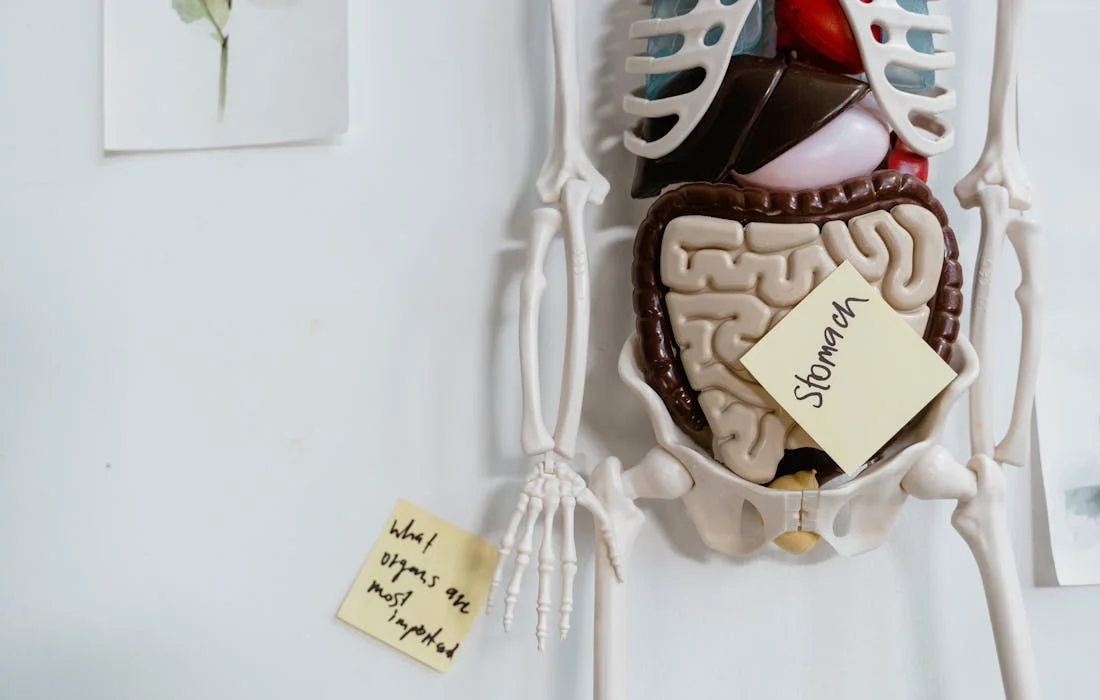Regenerative Medicine News and General Information
New Role for Bacterial Enzyme in Gut Metabolism Revealed
Bile acids long have been known to play a role in human metabolism. Synthesized from cholesterol in the liver, bile acids are involved in digestive processes, particularly in absorbing fat. They also are modified extensively by bacteria, which greatly expand the types of bile acids found in the host.
For most of a century, scientists believed that was the end of the bile-acid story. Recent technological advances, however, have led to a greater understanding of the origins of bile acids as well as their chemical relationships to the organisms in the gut microbiome and their host. Deploying some of these technologies, a team led by Penn State researchers has uncovered the mechanism by which bacteria generate a wide variety of new bile acid species, the functions of which are not yet clear.
The researchers, who published their results recently in Nature, identified a new role for an old bacterial enzyme, known as bile salt hydrolase, or BSH. The enzyme modifies human- and mouse-generated bile acids and changes their configurations by, for example, adding amino acids, leading to new molecules known as bacteria bile acid amidates, or BBAAs.
The team also showed, for the first time, that these BBAAs are made in humans at birth, coinciding with the establishment of the gut microbiome in newborns.
Patterson, who also holds an appointment as professor of biochemistry and molecular biology in the Eberly College of Science, explained that the hundreds — and perhaps thousands — of new bile acid species created by BSH-producing bacteria may have far-reaching signaling properties.
Although the researchers are unsure about the long-term implications of their study, they pointed out that BSH and bile acids have been linked with many health conditions, such as inflammatory bowel disease, some cancers and obesity. Understanding their role eventually could lead to therapies, they said.
To test their hypothesis that bile salt hydrolase is involved in the creation of bile acids, the researchers took a multipronged approach. In some experiments, they used an inhibitor to block the bacterial activity of BSH, and in others, they modified bacteria to remove the gene that encodes for BSH. In the absence of BSH, there was no production of BBAAs, the team found.
Working with the Children’s Hospital of Philadelphia and the University of Pennsylvania, the researchers also tested stool samples of infants from birth to 12 months old. They found that a rise in bile acids, including BBAAs, coincided with the colonization of BSH-producing bacteria in the infants’ guts. It is the first time scientists have connected BBAA production with BSH-expressing bacteria during human infant development, according to the researchers.
The results of this study reinforce, and are reinforced by, a parallel study that was conducted at Michigan State University and published in the same issue of Nature. Although the research teams did not work together directly — and approached the topic from different angles — they shared information and collaborated to publish their studies simultaneously, Patterson explained.
Robert Quinn, whose lab published the MSU study, noted that his team showed that the BSH enzyme produced bile acids, while the Patterson lab did the reverse, identifying the enzyme and inhibiting it, which revealed that these molecules went away.
Sources:
Bipin Rimal, Stephanie L. Collins, Ceylan E. Tanes, Edson R. Rocha, Megan A. Granda, Sumeet Solanki, Nushrat J. Hoque, Emily C. Gentry, Imhoi Koo, Erin R. Reilly, Fuhua Hao, Devendra Paudel, Vishal Singh, Tingting Yan, Min Soo Kim, Kyle Bittinger, Joseph P. Zackular, Kristopher W. Krausz, Dhimant Desai, Shantu Amin, James P. Coleman, Yatrik M. Shah, Jordan E. Bisanz, Frank J. Gonzalez, John P. Vanden Heuvel, Gary D. Wu, Babette S. Zemel, Pieter C. Dorrestein, Emily E. Weinert, Andrew D. Patterson. Bile salt hydrolase catalyses formation of amine-conjugated bile acids. Nature, 2024; 626 (8000): 859 DOI: 10.1038/s41586-023-06990-w
Penn State. (2024, February 29). New role for bacterial enzyme in gut metabolism revealed. ScienceDaily. Retrieved March 1, 2024 from www.sciencedaily.com/releases/2024/02/240229182923.htm
Photo by MART PRODUCTION from Pexels: https://www.pexels.com/photo/skeleton-model-hanging-on-the-wall-8471918/

